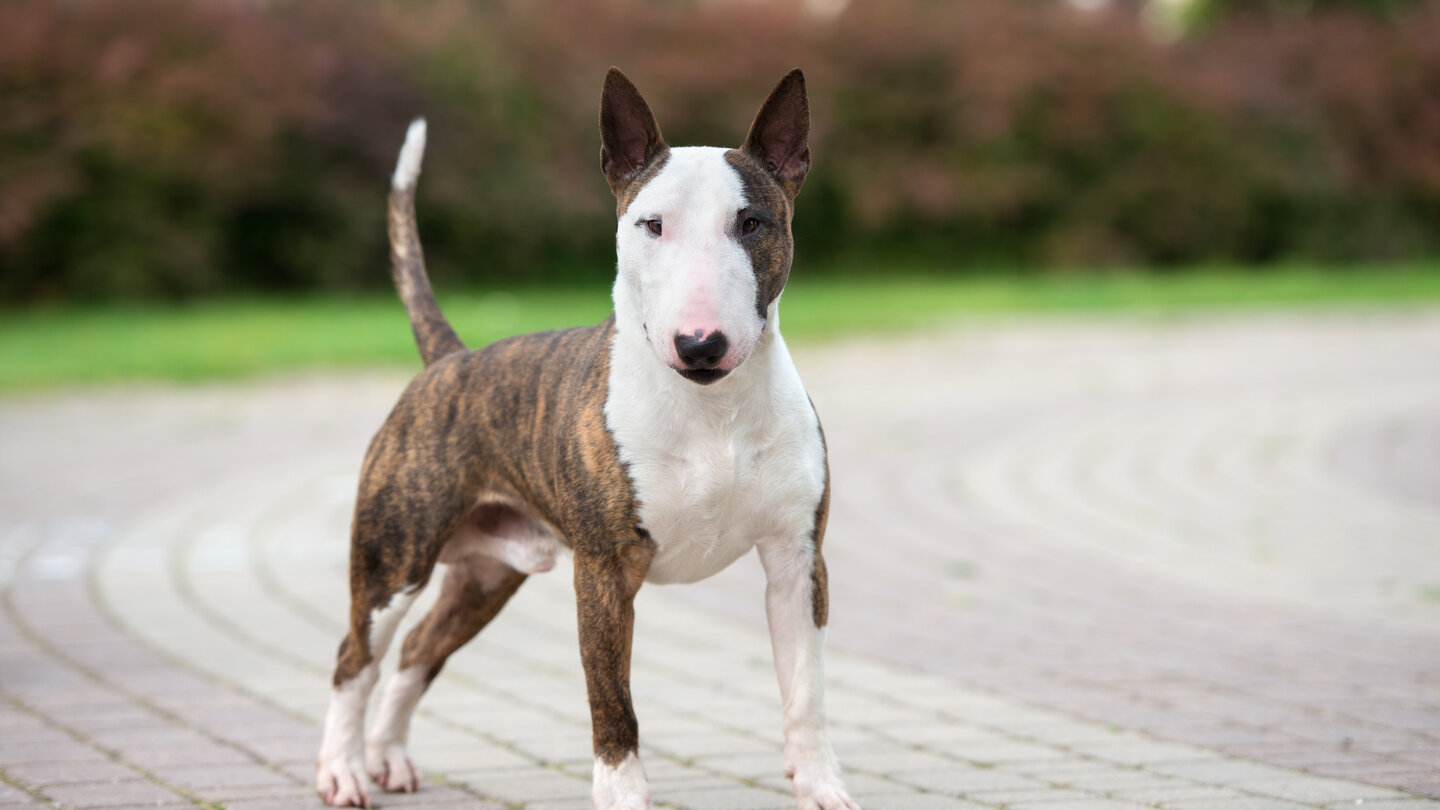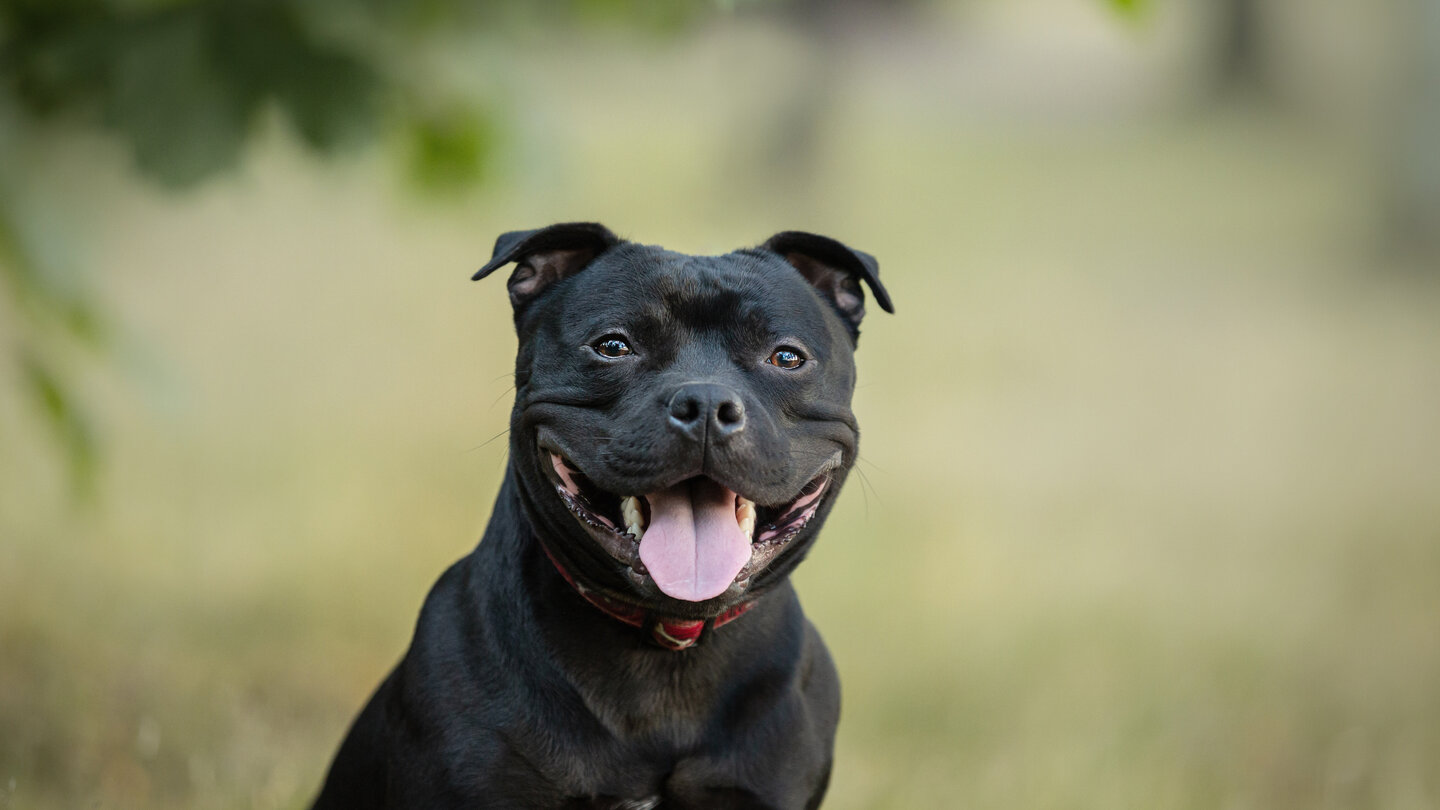Listed dogs are no more dangerous than other dogsThese breeds belong to the so-called fighting dogs
So-called fighting dogs or list dogs are generally suspected of being aggressive and dangerous. In some federal states, it is even forbidden to keep these animals if they belong to a certain pre-condemned breed or mixed breed - no matter how inconspicuously they behave. This is a problem for the dogs, their owners and animal shelters and should be regulated in a more animal-friendly way.
American Staffordshire Terriers, Bull Terriers, Pit Bull Terriers and Staffordshire Bull Terriers are considered fighting dogs, dangerous dogs or listed dogs in many German states. As soon as their owners take them outside, they often have to put a lead and muzzle on them - if they are allowed to keep them at all. This is because many federal states have classified entire breeds as dangerous after tragic incidents. When dogs attack people and cause serious, sometimes even fatal injuries, this understandably causes fear in many people. There is no doubt that we need protection from dangerous dogs. But whether a dog is dangerous must be decided for each individual animal.
Overview: These breeds belong to the so-called fighting dogs
The so-called dangerous dog regulations of the federal states differ greatly in some cases. Many dog owners are unsure which breeds are listed dogs in which federal state and which regulations apply to their ownership. We have therefore compiled an overview of the regulations in the individual federal states.
Authorities label listed dogs as dangerous per se
There is no scientific evidence that certain dog breeds are fundamentally dangerous. Nevertheless, authorities label them as dangerous per se. Yet dogs are very rarely exceptionally aggressive from birth. This is usually only triggered by poor socialization, when people raise, keep or train the animals in a way that is contrary to animal welfare. Even if they do not exercise them, train them incorrectly or provoke a reaction from the dog through incorrect behavior, this has more influence on whether the animal endangers others than its breed. From an animal welfare perspective, it does not help to classify certain dog breeds or large dogs as dangerous in general. This does not do justice to the vast majority of friendly dogs of these breeds and the many mixed breeds.
Listed dogs often cost more in dog tax
Many municipalities are trying to curb the number of listed dogs by increasing the dog tax for them, regardless of whether the dog has passed a character test. The city of Munich, for example, charges an annual dog tax of 800 euros for listed dogs1. For unlisted breeds, owners only have to pay 100 euros. However, some cities, such as Mannheim, exempt dogs from animal shelters from dog tax. This also applies to listed dogs and is exemplary from an animal welfare perspective.
So-called fighting dogs stay much longer in animal shelters
On average, listed dogs stay in shelters twice as long as other dogs. In some cases, unfortunately, they even stay until the end of their lives, especially in federal states where keeping them is prohibited. The member associations of the German Animal Welfare Federation already help each other and place animals together, even across national borders. However, the legal regulations make life difficult for them and deter potential owners.
This is what the German Animal Welfare Federation demands
The German Animal Welfare Federation is calling for a nationwide pet protection ordinance. Together with a mandatory certificate of competence, it could close existing legal loopholes with regard to breeding, keeping, trading and importing dogs. If owners first have to learn how to handle animals and provide proof of this in the form of a theoretical certificate of competence before acquiring a dog, this would protect both animals and people. Breeding controls should be a central component of a pet protection ordinance. Before breeders are allowed to use animals for breeding, the animals would have to pass a character and health test.








